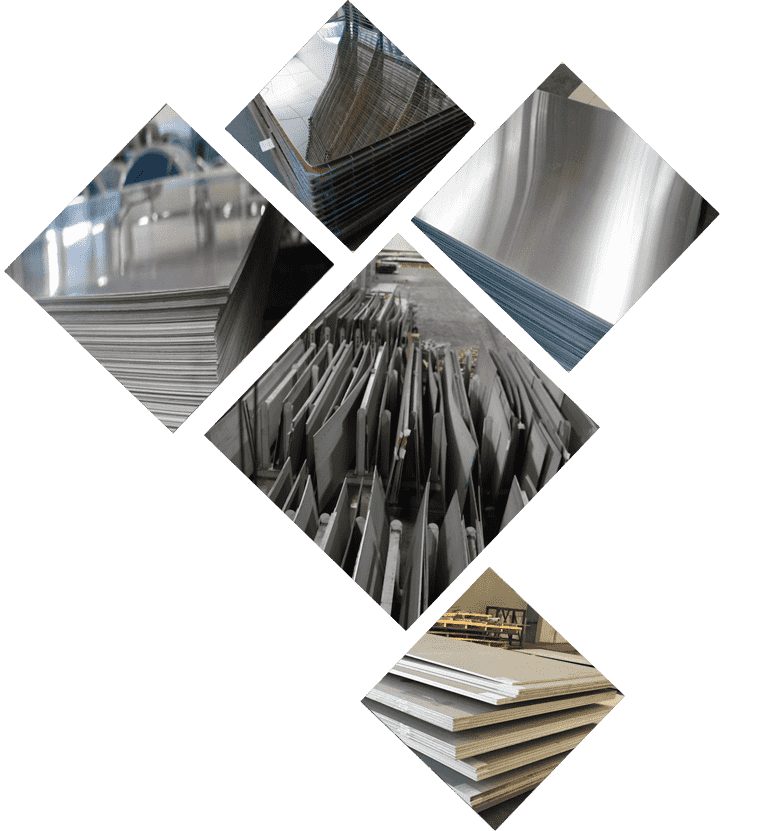If you're in the market for stainless steel plate, there's no shortage of options available to you. With grades ranging from 304 to 316L, and even Duplex and High Nickel grades, the selection can be overwhelming. In this blog post, we'll break down the most common stainless steel plate grades and their key characteristics, including their properties, applications, and ideal use cases.

304 Stainless Steel Plate
304 stainless steel is a widely used austenitic stainless steel that is considered the standard for many applications. It is often referred to as "18-8" stainless steel, due to its composition of 18% chromium and 8% nickel. It is non-magnetic and has good corrosion resistance, making it ideal for everyday use.
One of the biggest advantages of 304 stainless steel plate is its versatility, as it can be used in a variety of applications. It is often used in kitchen appliances, food processing equipment, and chemical processing equipment, as well as in the automotive and aerospace industries.
304L Stainless Steel Plate
304L is a low-carbon version of 304 stainless steel, which means it has less carbon content and higher corrosion resistance. It is ideal for welding applications, as it can be easily welded without causing any damage to the material.
304L stainless steel is also an excellent choice for applications that require high strength and durability, such as in the construction industry. It is often used in building facades, roofing, and wall cladding, as well as in transportation equipment, such as trailers and trucks.
316L Stainless Steel Plate
316L stainless steel is a molybdenum-bearing austenitic stainless steel that is highly resistant to corrosion. It contains 16-18% chromium, 10-14% nickel, and 2% molybdenum, which gives it superior corrosion resistance and increased strength.
One of the most significant benefits of 316L stainless steel plate is its use in high-temperature applications. It is used in chemical processing equipment, such as reactors and heat exchangers, as well as in marine and coastal environments, due to its excellent resistance to saltwater corrosion.
Duplex Stainless Steel Plate
Duplex stainless steel grades are a group of austenitic-ferritic stainless steels that have a unique combination of properties. They offer high strength and excellent corrosion resistance, making them ideal for a variety of applications.
Duplex stainless steels are often used in the oil and gas industry, specifically in subsea applications, due to their superior resistance to chloride stress corrosion cracking. They are also used in chemical processing plants, as well as in structural applications, such as bridge construction.
High Nickel Stainless Steel Plate
High Nickel stainless steel grades are a group of alloys that have a high percentage of nickel and other elements, such as copper and molybdenum. They offer superior resistance to corrosion and high-temperature environments, making them ideal for harsh industrial applications.
One of the most common high nickel stainless steel grades is Alloy 625, which is often used in chemical processing and power generation equipment, as well as in marine and aerospace applications.
Conclusion
When it comes to choosing the right stainless steel plate grade for your application, there are many factors to consider, including corrosion resistance, strength, and durability. Whether you're looking for a standard 304 or 316L grade or a more specialized Duplex or High Nickel grade, there's a stainless steel plate that can meet your needs. By understanding the characteristics and ideal use cases of each grade, you can make an informed decision and ensure that your application is equipped with the best material for the job.